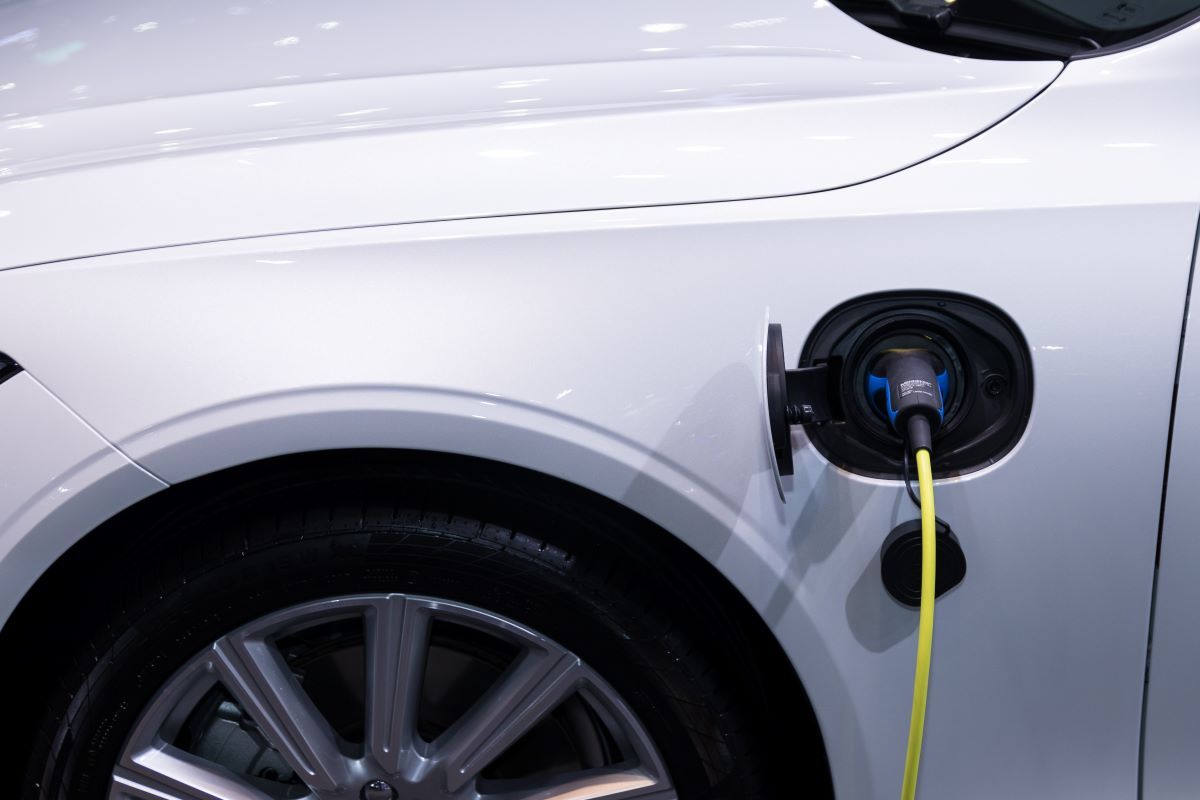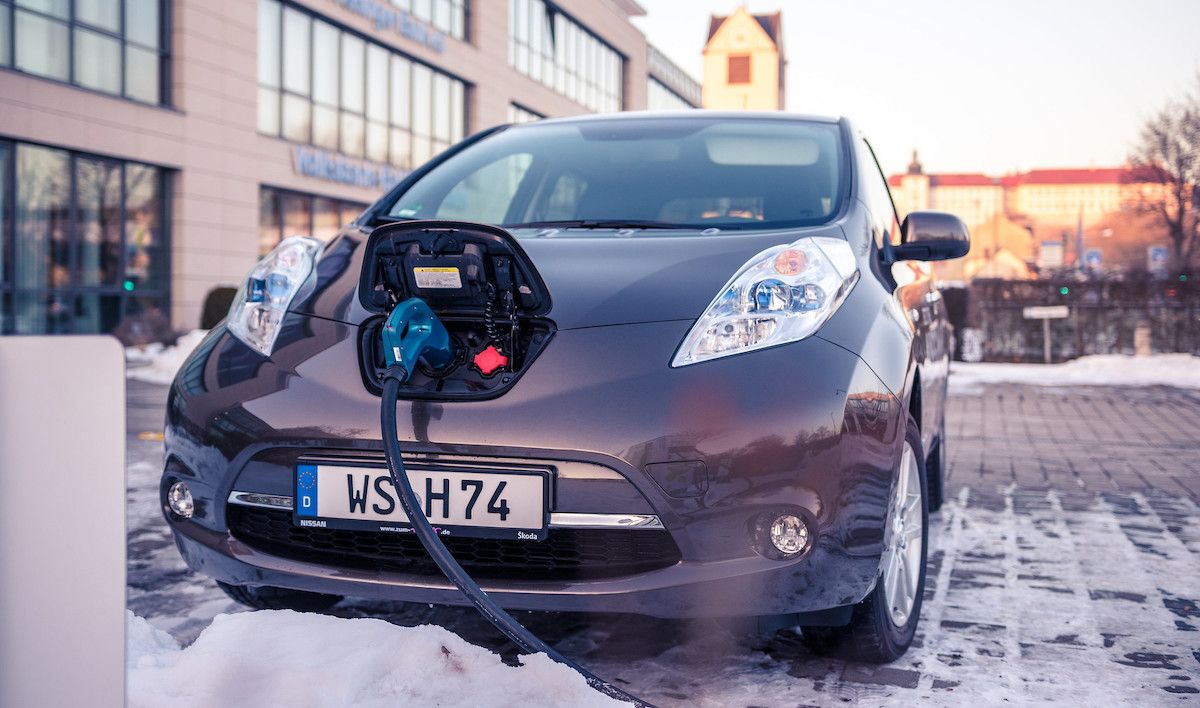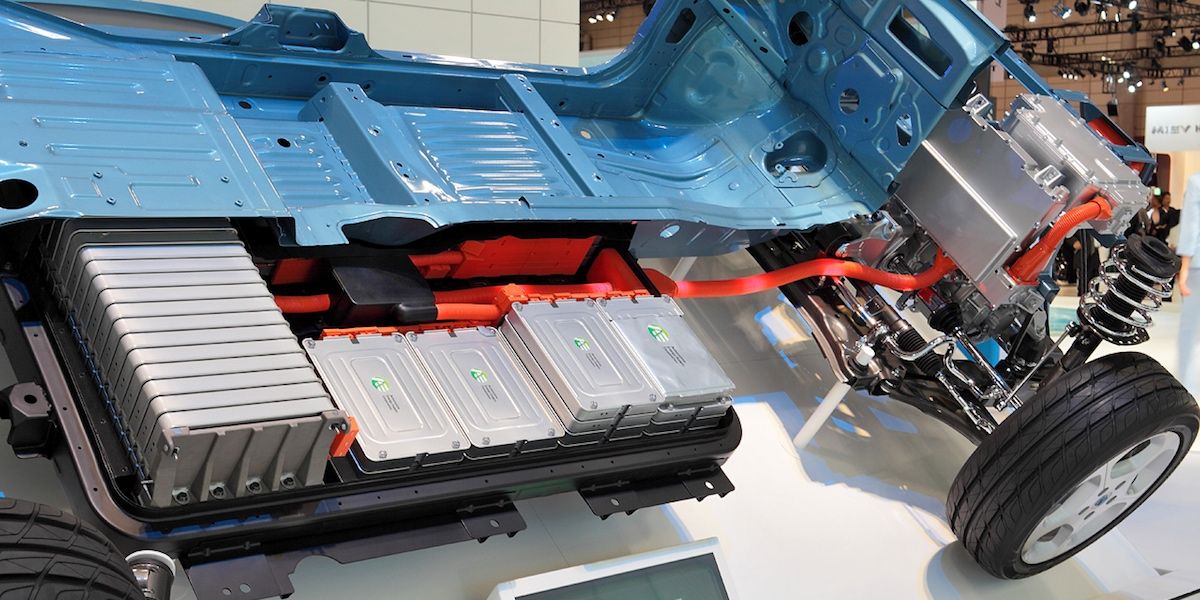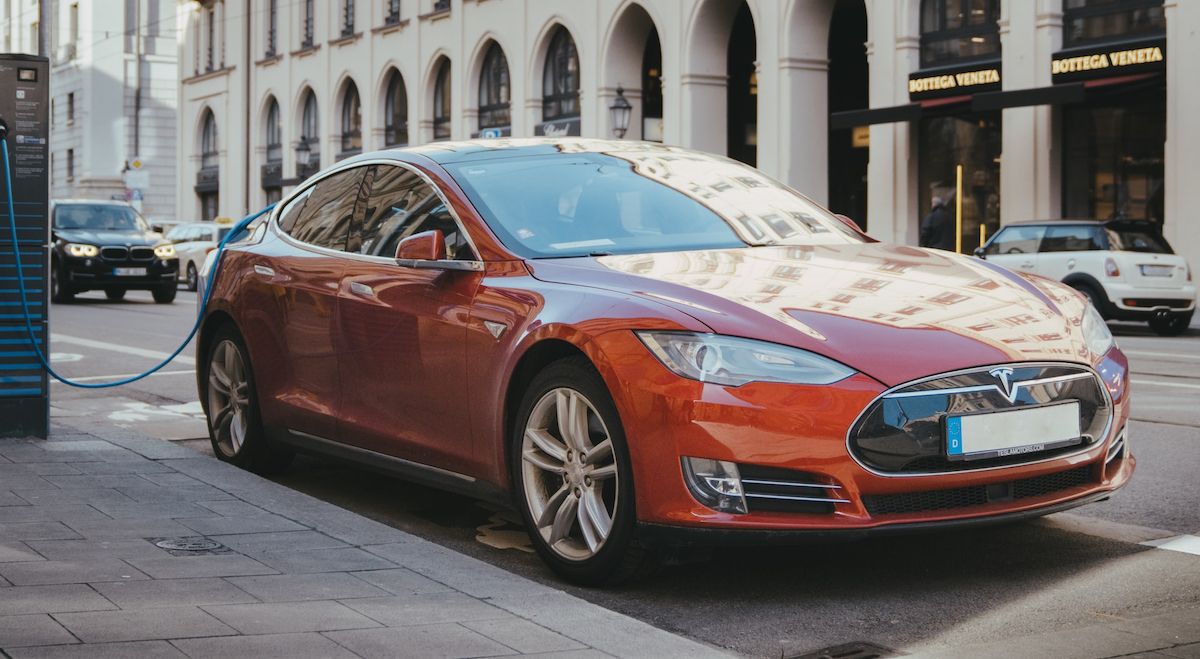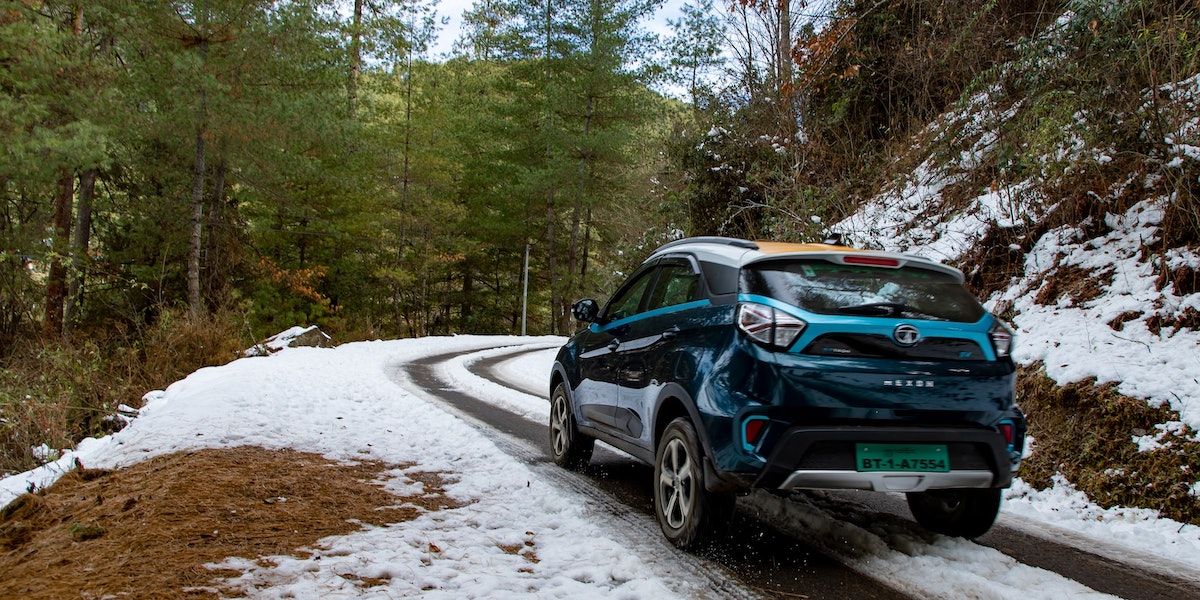How to Take Care of Your EV in Freezing Conditions: 10 Tips
Winter is coming and if you own an electric vehicle you need to prepare – but why?
Because the performance of your EV takes its toll when temperatures start to drop, and there are some important things to know about using and caring for your EV in the winter.
How much range does your electric vehicle lose due to cold weather?
If you’ve used a smartphone in cold conditions, you know that battery performance suffers when the temperature drops below zero.
Because electric vehicles use similar battery chemistries, their performance will also decrease as the temperature decreases. In addition, according to tests conducted by the American Automobile Association (AAA) in 2019 [PDF], range decreased by 12 percent at 20 degrees Fahrenheit compared to 75 degrees Fahrenheit. This reduction in range increased to 41 percent when the cab heater was used.
So it’s safe to say that your EV’s range will decrease when the weather is cold outside, but why is this happening?
Well, there are two main factors, but before we get into that, let’s try to understand lithium-ion batteries.
How do lithium ion batteries work?
Put simply, your vehicle’s battery converts chemical energy into electrical energy. Three things are used for this: cathode, anode and electrolyte.
The anode forms the negative pole of the battery and has a high density of electron-rich lithium atoms. These atoms are trapped in a layer of graphite and want to get rid of their valence electron in order to become stable. This tendency of atoms to lose electrons is known as electropositivity, and lithium is a metal and is therefore very electropositive.
At the cathode we have cobalt oxide which forms the positive terminal. This terminal is positively charged because the cobalt atoms have donated electrons to oxygen and have a high tendency to accept electrons. This tendency of an atom to accept electrons is called electronegativity.
In summary, the lithium atoms want to donate electrons at the anode, while the cobalt wants to gain electrons at the cathode. Because of this, electrons move from the negative pole to the positive pole, and this movement of the electrons creates electricity.
In addition, an electrolyte is introduced between the anode and cathode, which enables the lithium ions to move from the anode to the cathode.
The above process takes place when the battery is discharging, and exactly the opposite happens when the battery is being charged.
Why does the range of your electric vehicle decrease in winter?
Now, in a hypothetical environment, the above reaction should run forever, but as we all know, batteries don’t last forever. This is due to other reactions consuming the electron-rich lithium atoms and affecting battery performance. These reactions take place at different rates at different temperatures.
Cell manufacturers therefore define a temperature range in which batteries can function optimally. For lithium-ion batteries, the discharge temperature ranges from -4 to 140 degrees Fahrenheit, while the charge range is from 0 to 45 degrees Fahrenheit.
This clearly shows that lithium-ion batteries can discharge in sub-zero temperatures, but simultaneous charging is not recommended. Also, lithium-ion batteries offer the best discharge performance at room temperature, and their performance degrades in extreme situations.
The reason for this deterioration is as follows.
When you charge your lithium ion battery, the charger pulls lithium ions out of the cathode, converts them into lithium atoms by adding an electron, and embeds them in the graphite on the cathode.
As the temperature decreases, the lithium atoms do not intercalate in the graphite; Instead, they coat the surface of the anode and cause lithium coating. This lithium plating phenomenon converts the otherwise electropositive lithium atoms into an inert metal. This reduces the number of lithium atoms available to provide free electrons, reducing the battery’s performance.
Lithium coating increases when high charging current is used.
On the other hand, as your battery discharges, the lithium ions must move from the anode to the cathode. During this process, the ions must move through the electrolyte, but as the temperature drops, this process slows down because the resistance of the electrolyte increases. This increase in resistance reduces the range of your electric vehicle.
In addition to the above factors, the battery is responsible for keeping the cabin warm in cold weather. Because of this, the battery has to run both the vehicle and the heater, further reducing range.
10 things you can do to improve your winter EV experience
Now that we have a basic understanding of why your EV’s performance decreases when the temperature drops below zero, let’s look at how you can improve your EV experience in the winter.
1. Do not fast charge your electric vehicle in cold temperatures
As previously mentioned, lithium plating is a battery’s worst enemy in cold weather. Not only that, but the phenomenon increases when the charging current is high.
Therefore, it is recommended that you should not fast charge your electric vehicle when the ambient temperature is below freezing
2. Slowly charge your EV at night
If you intend to cover longer distances with your electric vehicle, it is best to charge it to the brim at night with charge level 1. This not only gives you a full charge in the morning, but also a slow charge current that won’t damage the battery.
Not only that, even if you don’t have a heated garage to charge your electric vehicle, slow charging will keep your battery warm and protect it from cold weather conditions.
3. Be prepared for a longer load time
Because your battery’s electrolyte becomes sluggish in colder weather, it takes longer to charge. Therefore, when charging in colder weather conditions, be prepared for longer charging times.
4. Don’t let your battery drain in cold weather
If you will not be using your vehicle for a long period of time, it is recommended that you charge it to 70 percent before storing it. This reduces the reactions that affect the health of your battery.
In addition, you should not leave your vehicle at night with a low battery percentage, as this will damage your battery’s health.
5. Park your vehicle in heated areas
If you have a garage where you can leave your car at night, it is advisable to keep the ambient temperature between 20 and 22 degrees Celsius.
This reduces the internal reactions that affect your electric vehicle’s battery and provides better battery performance over a longer period of time.
6. Preheat your electric car before driving
Before heading to work, it’s best to slowly preheat your car while you go about your daily chores. Not only would this keep you warm when you go out, but since the car heats up slowly, it doesn’t put a lot of strain on the battery while driving.
What’s more, you can also connect the charger to your car while you’re heating it, so the power is drawn from the charger and not the batteries, giving you more range for the day.
7. Keep the heat low
If you’re planning a road trip in winter, your car’s auxiliary heater is the battery’s biggest enemy. Although it keeps you warm, it reduces the range of your battery.
Instead of turning the heating up to full throttle, it is best to use the heated seats and steering wheel to keep your hands and body warm. This could increase your EV range, and you won’t need to charge your vehicle as often.
8. Use lower regeneration interrupt levels
Most electric vehicles offer various levels of regenerative braking. This allows the EV to charge when its brakes are applied. However, when driving in cold weather, higher regeneration can cause your vehicle to skid on snow-covered surfaces.
Also, the high level of regenerative braking would inject high currents into the battery, which could damage it due to the colder temperatures.
9. Use Eco mode
If you are not planning to drag race your electric vehicle, it is best to switch on ECO mode when the weather is cold outside. This would provide better range and reduce drain on your battery – resulting in better battery health.
10. Go through the Internal Combustion Engine (ICE) checklist
Although driving an EV is a different experience than an ICE, it still has external components like tires and windshield wipers that don’t perform well in cold weather. Therefore, it is recommended to get a new pair of wipers and winter tires.
Is it safe to drive an electric vehicle in freezing temperatures?
An electric vehicle offers users a different driving experience and comes with many bells and whistles. However, cold weather is an EV’s Achilles’ heel as it impedes the chemistry of the battery pack that powers it.
EV owners can get the most out of their vehicles equipped with intelligent battery management systems and EV best practices.
